Cecil Court is a small thoroughfare that runs between St Martin’s Lane and Charing Cross Road. As reported last week by Silent London, the street is to get a special plaque from Westminster City Council this Thursday (13 December) to mark its place in film history. This will join the collection of commemorative signs already proudly on display in the street’s shop windows:
To people interested in early cinema, Cecil Court is better known by its Edwardian nickname, ‘Flicker Alley’. It’s a quaint name, a little like something out of Harry Potter, that’s liable to conjure up images of eccentric gentleman-inventors and dusty nitrate. It’s one that has been memorialized by film pioneers like Cecil Hepworth, who writes about the street in his autobiography, as well as lending itself to a company that specializes in silent film DVD releases.
Former resident of Cecil Court, Cecil Hepworth
Simon Brown’s careful study of ‘Flicker Alley’ paints a more complex picture, in which successive waves of film businesses gravitated to the street, made important connections with each other, then shipped out to larger premises, usually in Soho. In the early days, before 1907, the street was home to a number of ‘one-stop-shops’ like Hepworth’s and the British offices of the Gaumont Company. Later, more specialist businesses moved in, representing new branches of the industry – companies dealing in the sale of foreign films, film rental firms, and stockists supplying cinemas with equipment and accessories like tip-up seats, chocolates and ushers’ uniforms.
Advert for Climax Ticket Machine, Ltd., one of the companies trading on Cecil Court in the 1910s
The process of clustering, or ‘agglomeration’, that Brown traces, in which like-minded companies converge on the same location, had distinct advantages for the businesses involved and for their customers. Brown explains:
Most showmen would have to travel considerable distances to visit London, and almost all were buying their films from many producers, so agglomeration proved a benefit both to the showmen, and to their suppliers, who did not lose business because they were geographically distant from their colleagues.
This process wasn’t unique to the early film industry. Other notable examples in London over the years have included Clerkenwell for clocks, Spitalfields for silk, Savile Row for tailoring and Tottenham Court Road for furniture. Cecil Court itself is now home to a cluster of booksellers:
Books on sale in Cecil Court, from patternlondon.com
– –
Thursday’s celebrations in Cecil Court begin at 2.30pm with a selection of films from the BFI, accompanied by the pianist John Sweeney. Tim Bryars, who runs a shop on the street, has written about its history, including its aristocratic origins and links with the book trade, for the Cecil Court website. The full version of Simon Brown’s essay, ‘Flicker Alley’, first published in the journal Film Studies is available to download free as a pdf.

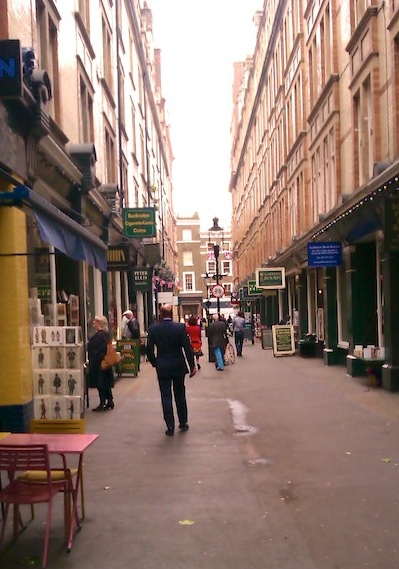
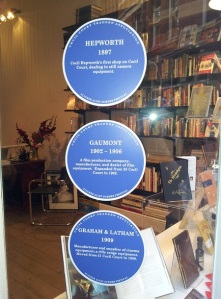
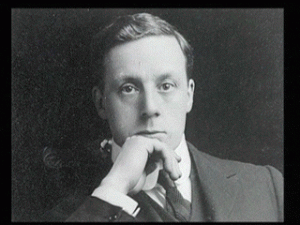
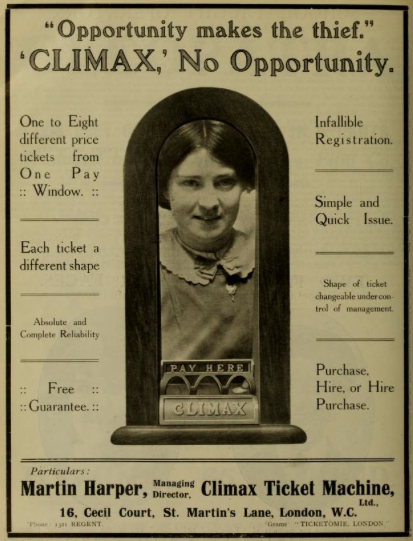
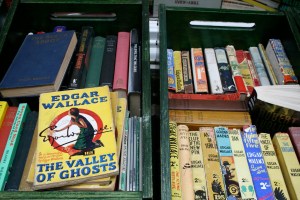
2 thoughts on “Cecil Court”